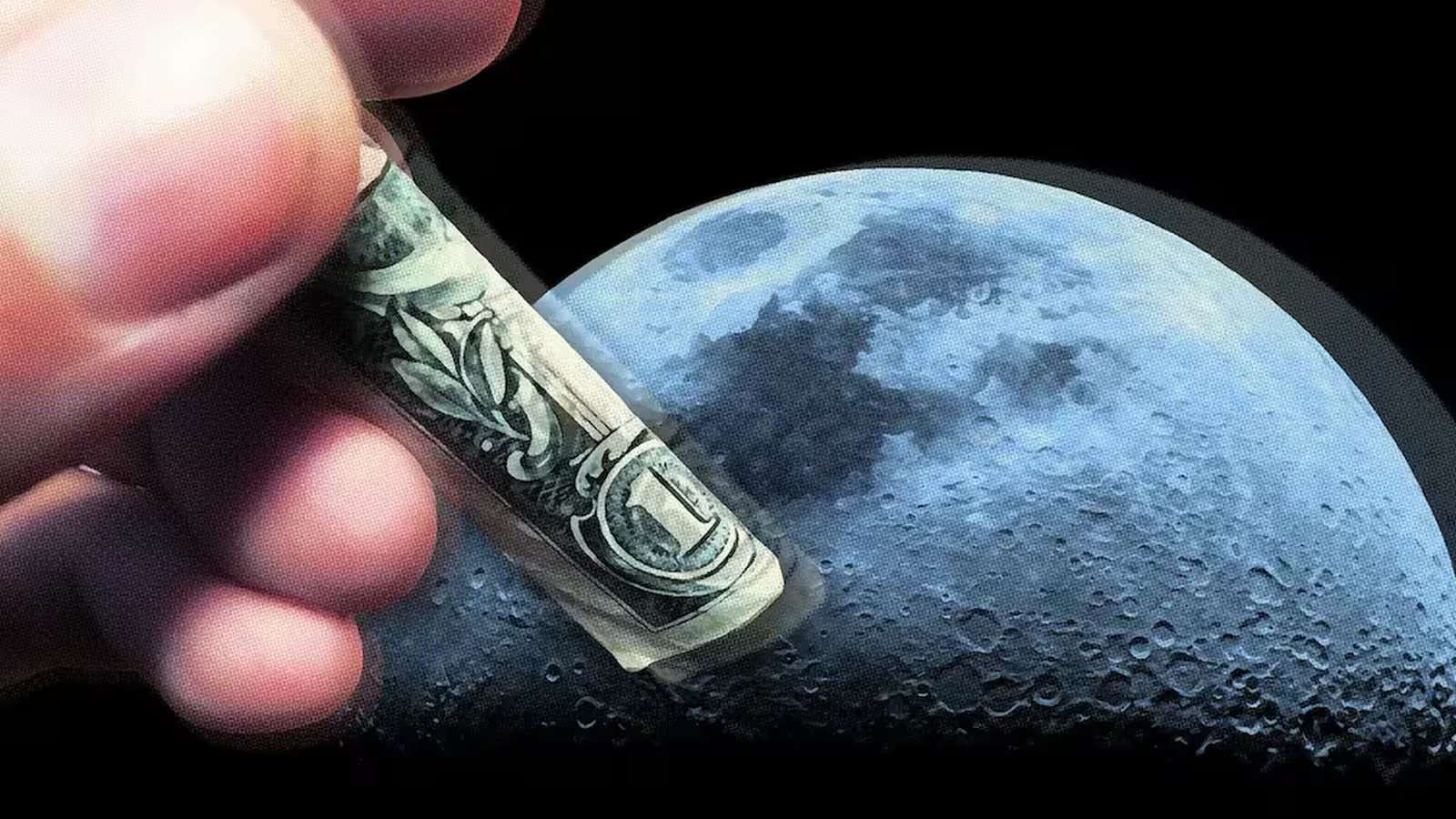4 Minutes
Scientific Context: Understanding the Risks of Lunar Dust Exposure
Exploring and establishing a long-term human presence on the Moon is a key objective for upcoming space missions like NASA’s Artemis program. However, researchers have long been concerned about one persistent hazard: lunar dust, the fine, abrasive material that covers the Moon’s surface. Until recently, scientists speculated that inhaling Moon dust could have potentially severe health consequences, akin to the diseases caused by certain types of dust on Earth.
Recent Research: Assessing Lunar Dust’s Impact on Human Health
A new study led by a team of Australian scientists and published in the journal Life Sciences in Space Research provides an in-depth analysis of the health risks associated with inhaling lunar dust. The researchers focused on ultrafine particles small enough to reach deep into the human respiratory system, conducting advanced simulations with dust engineered to closely mimic the properties of real Moon soil.
By exposing models of human lung tissue to these lunar dust simulants, the team observed how the particles interacted with lung cells. The findings reveal that, while Moon dust can cause short-term irritation of the airways—such as sneezing, coughing, or a scratchy throat—there is little evidence to suggest it triggers the chronic, long-term tissue damage or oxidative stress commonly associated with hazardous Earth dust, like silica or urban particulate pollution.
Expert Commentary
Michaela Smith, lead author and graduate researcher at the University of Technology Sydney, emphasized, “Our findings suggest that while lunar dust may cause some immediate irritation to the airways, it does not appear to pose a risk for chronic, long-term diseases like silicosis, which is caused by materials like silica dust.” Co-author Dr. Brian Oliver added, “These results are promising, as they strengthen the safety assessments for returning humans to the lunar surface.”
Implications for Space Missions and Astronaut Health
The outcomes of this research offer reassurance for the astronaut corps preparing for future Moon missions. Since the entire lunar surface is composed of various forms of regolith (lunar dust), a toxicological threat could pose a significant barrier to sustainable exploration. Fortunately, this study suggests that while astronauts may experience some short-term respiratory discomfort due to inhaled lunar dust, the risk of developing severe, chronic lung diseases appears to be low.
Moon Dust vs. Earth Dust: A Surprising Comparison
Interestingly, the study found that lunar dust particles are generally less hazardous than common terrestrial air pollutants to which humans are regularly exposed. For context, long-term exposure to hazardous construction dusts like silica can cause debilitating illnesses, but similar outcomes were not seen with lunar simulants in the laboratory setting.
Should Astronauts Worry About Moon Dust?
While the notion of "snorting Moon dust" grabs attention, experts caution against unnecessary exposure. “Any dust, if you inhale it, you’ll sneeze, cough, and have some physical irritation,” says Smith. “But it’s not highly toxic like silica, where you end up with silicosis after years of exposure. It’s not going to be something like that.” As with many aspects of space exploration, just because we can do something, doesn’t mean we should—ongoing precautions and engineering controls will still play a vital role in astronaut health and safety.
Conclusion
This groundbreaking study marks a positive development in our understanding of lunar dust toxicity and astronaut safety. By demonstrating that Moon dust is significantly less hazardous than previously feared—and far less dangerous than certain types of Earth dust—the research supports future plans to establish a lasting human presence on the lunar surface. Although Moon dust can still cause mild, immediate respiratory symptoms, the long-term risks appear minimal, paving the way for safer exploration and permanent lunar habitats.
Source: futurism



Comments